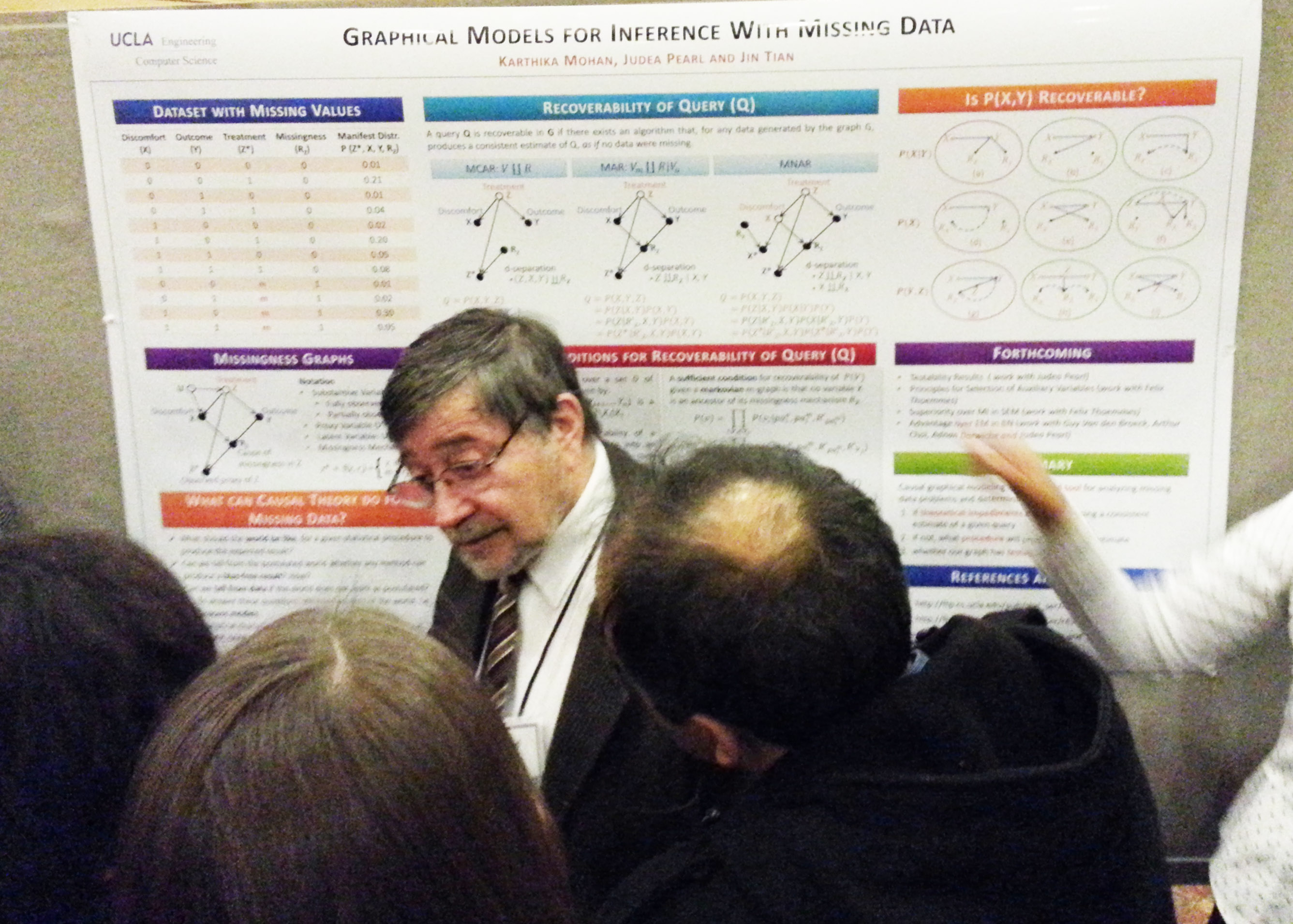Jude Pearl is credited with many achievements in the field of artificial intelligence. In the 1980s, he led groundbreaking work on probabilistic reasoning, which laid the foundation for much of modern AI. Today, Judea Pearl is widely recognized as a leading figure in the field. In his latest book, "Why? The New Science of Cause and Effect" (published as "The Book of Why"?), challenges the notion that AI truly understands what intelligence entails. To uncover answers and delve into the forefront of data science, join us in our flagship course.
One of Pearl's notable contributions to AI is the development of software that predicts the causes of disease exacerbation using Bayesian networks, a type of probabilistic graphical model. For instance, Bayesian networks enable machines to determine that symptoms such as inflammation, fever, and body aches are most likely indicative of malaria. In recognition of this groundbreaking work, Pearl was awarded the Turing Award, the highest honor in computer science, in 2011.
However, according to Pearl, the field of artificial intelligence is still largely confined to probabilistic relationships. Despite the headlines touting the latest breakthroughs in machine learning and neural networks, Pearl remains unimpressed. He views the current state of AI as merely an enhanced version of what machines were already capable of in the previous generation: detecting patterns in vast datasets through curve fitting. "Behind the impressive achievements of deep learning, there is only curve fitting," he recently remarked.
In his new book, now at the age of 81, Pearl presents his vision for how truly intelligent machines should reason. He argues that the key lies in replacing associative assignment with causal reasoning. Instead of merely linking fever and malaria, machines should be able to engage in discussions about whether malaria causes fever. Once a causal reasoning system is in place, machines can ask counterfactual questions, exploring how causal relationships would change under different causes. Pearl believes this to be the cornerstone of scientific thinking. He also proposes a formal language that implements such reasoning, a 21st-century version of the Bayesian framework that enables machines to think probabilistically.
Pearl envisions that incorporating cause-and-effect reasoning into machines will bring them closer to human-level intelligence. He suggests that machines could effectively communicate with humans and even, as they advance, acquire traits such as morality, free will, and the capacity to discern good from evil. Quanta Magazine recently interviewed Pearl at a conference in San Diego and subsequently over the phone. The following is an edited and condensed version of that conversation.
Q: Why did you title your new book "Why? The New Science of Causation"?
Pearl: The book aims to summarize my work over the past 25 years on causation, its significance in human life, its applications, and how we seek answers to inherently causal questions. Strangely, science has neglected these questions, so I sought to shed light on what has been overlooked.
Q: You make a bold statement that science has abandoned cause-and-effect relationships. Isn't causation the foundation of all science?
Pearl: Indeed, causation is fundamental to science, but this noble aspiration is not always reflected in scientific research. The language of algebra is symmetrical, meaning that if x tells us about y, then y tells us about x. I am referring to deterministic relationships. In mathematics, we cannot capture a simple fact such as the fact that a drop in barometric pressure precedes a storm and not the other way around.
Mathematics has not developed the asymmetric language needed to capture our understanding that just because x influences y, does not mean that y influences x. I know this may sound provocative to the scientific community.
However, science is forgiving, and acknowledging the lack of a calculus for asymmetric relationships, encourages us to voice our concerns.




